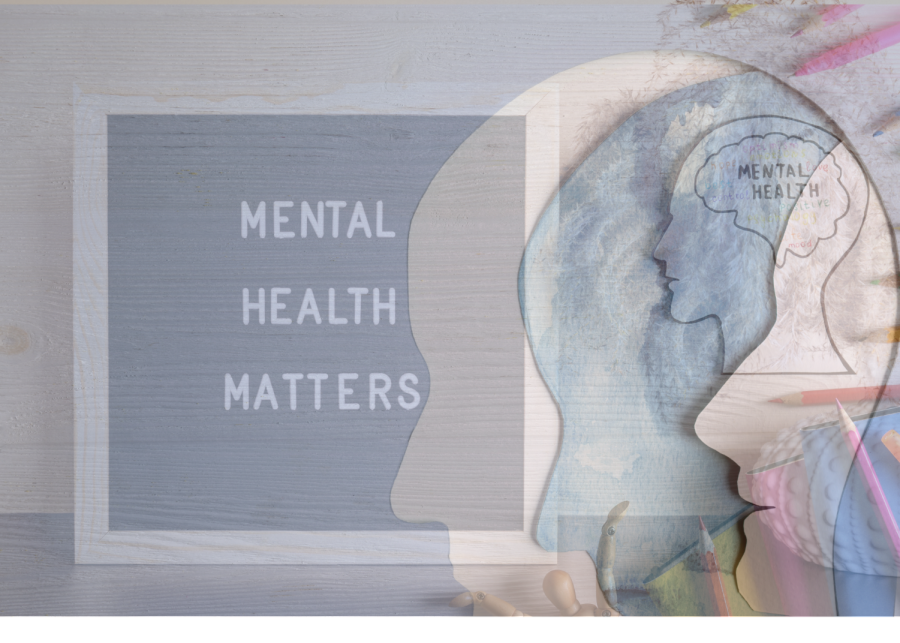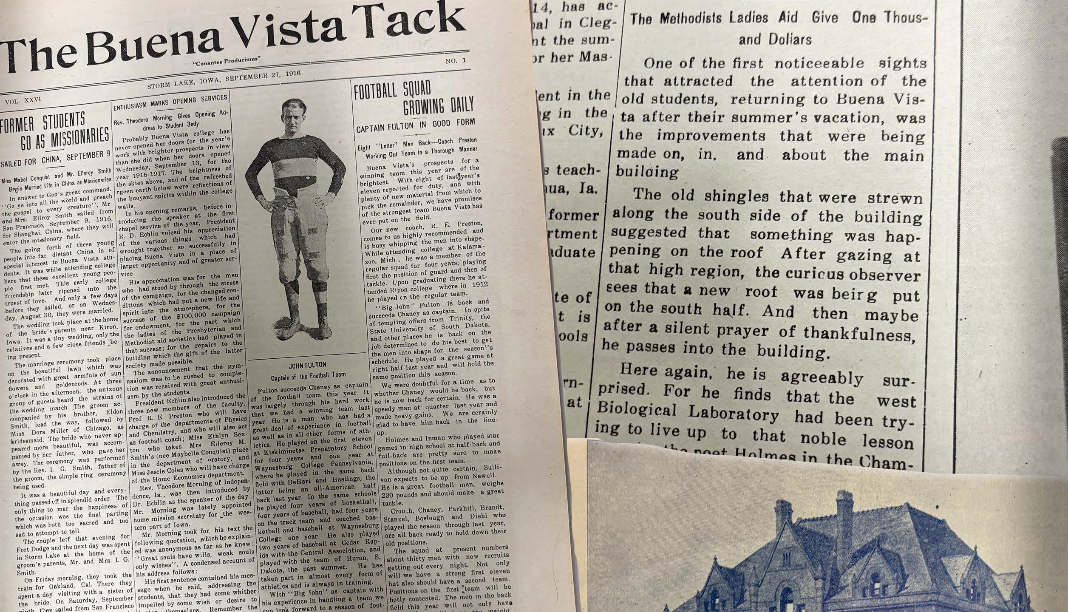Invisible Disabilities
December 16, 2022
Author Sahar Abdulaziz once said, “A disability that is not apparent in the person’s appearance is no less intrusive, no less painful, no less disturbing than one that can be spotted across the room. And yet, many people fail to respect the tremendous impact that the invisible disability has on the human enduring it.”
When one thinks of a disability, they usually think of a physical or severe mental impairment. What they don’t think of are the everyday people in their lives that have mild to moderate disabilities that aren’t visible to the naked eye.
The Invisible Disabilities Association defines an invisible disability as a physical, mental or neurological condition that is not visible from the outside, yet can limit or challenge a person’s movements, senses, or activities.
A 2017 study found on Understood.org shows that 30 percent of college-educated employees have a disability, but only 3.2 percent of them tell their employers about said disability. Of the employees that have a disability, 62 percent of them have an invisible disability.
Invisible disabilities can take on many different shapes and forms. Some examples include:
Mental Health Conditions:
- Anxiety
- Depression
- Obsessive Compulsive Disorder
- Schizophrenia
- Personality Disorders
- Post-Traumatic Stress Disorder, or PTSD
Mental/Learning Disabilities:
- Autism Spectrum Disorder, or ASD
- Attention-Deficit/Hyperactivity Disorder, or ADHD
- Sensory and Processing Difficulties
- Dyslexia
Physical Disabilities:
- Visual Impairments or Blindness
- Hearing Loss
Many individuals that possess invisible disabilities do what is called “masking,” which is the consistent ideation of “fake it until you make it.” This is the act of trying to fit in by acting as others do, hiding your true self.
For example, some people with low level, or level 1, ASD mask their stimming, a repetitive motion to help calm excitement or other high-level emotions, allowing their peers to see them as “normal.” In many cases, masking is what allows invisible disabilities to not be seen over an extended period of time.
Looking towards prevalence on college campuses, the National Center for Education Statistics says approximately 14 percent of students have a diagnosed disability, most of them being invisible. Many others with invisible disabilities struggle to gain a diagnosis due to their ability to just “get by” with their academic progress.
Next time you see someone acting a little differently or doing things a little differently on campus, keep these statistics in mind. It just may be out of their control due to an invisible disability.








